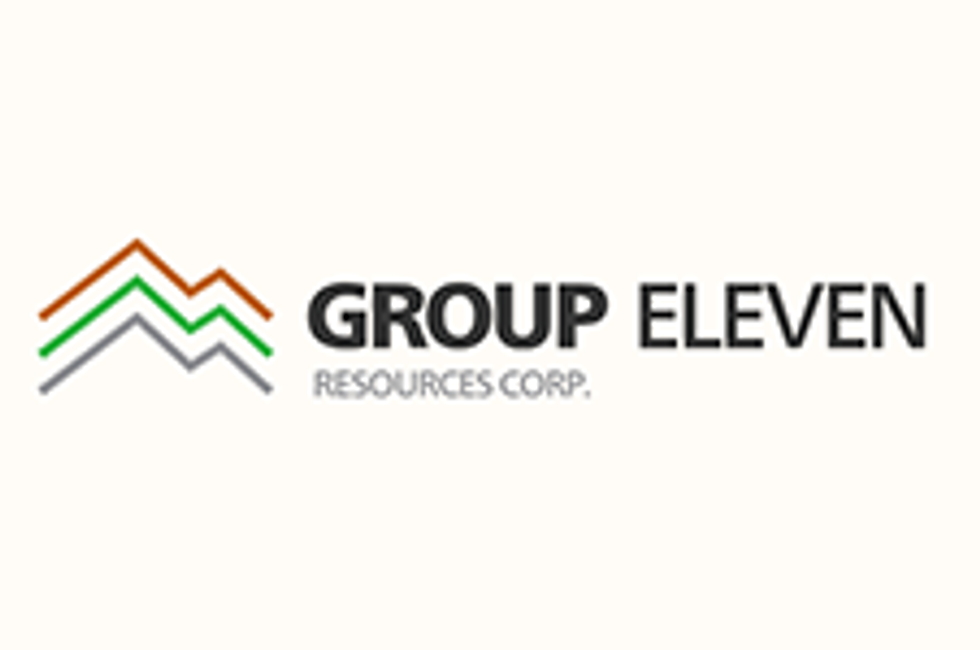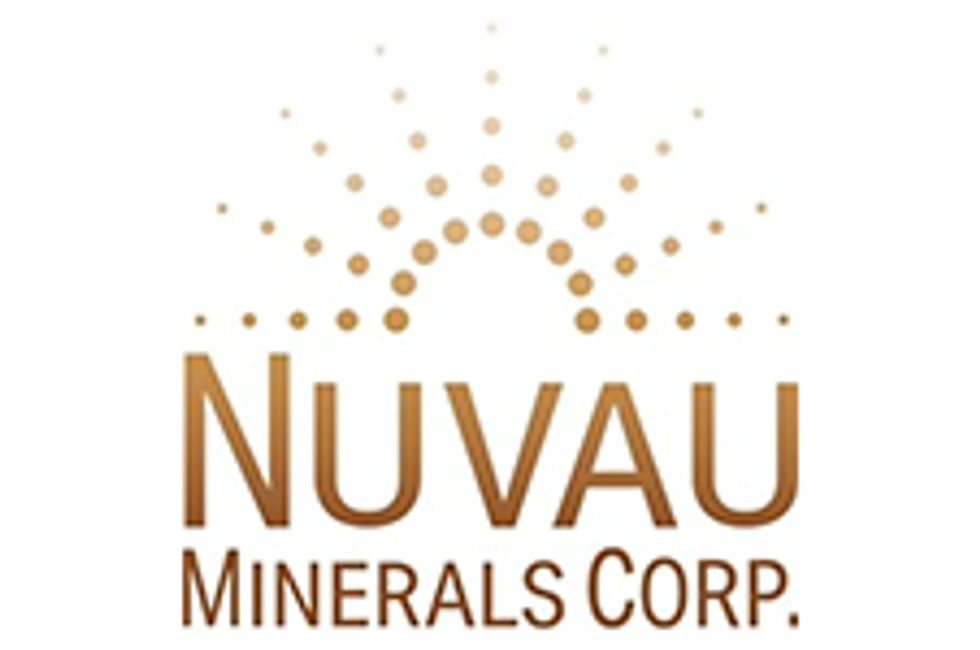The removal of zinc from storage warehouses may have more to do with the use of zinc for financing than surging demand.
A resurgence in cancelled zinc warrants — an order to remove zinc from storage — from London Metal Exchange (LME) warehouses is driving spot price premiums higher and raising questions about a return in demand.
The Financial Times reported this week that cancelled warrants rose to 613,550 tonnes, the highest since 1997, continuing the rise seen over the past three months.
Recent cancellations at the Antwerp LME warehouse are reported to have climbed another 35,700 tonnes, leaving just 7,150 tonnes of the total 163,150 tonnes of zinc on warrant. The warehouse in New Orleans — the largest of the LME’s zinc storage sites — also saw an additional 23,700 tonnes requested for removal.
Standard Bank’s Leon Westgate wrote that the share of cancelled warrants as a proportion of total inventory now stands at over 51 percent, the highest level since 2006, when zinc prices reached $4,500/tonne.
Causes unclear
The cause of the massive reversal in zinc market storage is not apparent at this time, as neither bullish base metal sentiment nor current market demand appear to reflect the rising level of cancellations.
Westgate suggested that the growth in cancellations could have started out with a small resurgence in demand, but may now be a product more of mounting queues at LME warehouses as participants jockey for access to refined zinc.
LME warehouse policies on quantities stored and the period required to access specific tonnage have been under review in recent months as stockpiling methods have created misleading price signals to markets.
Record-high stock levels, currently just over 1.2 million tonnes; the increased use of zinc as a financing tool; and the rise in cancelled warrants are turning what might otherwise appear a bullish set of events into a bearish signal, “highlighting the fact that demand is so poor that financing activity has come to dominate LME zinc inventory,” Westgate told the Financial Times this week.
The growing queues could place increased pricing and timing pressures on zinc markets should substantial demand return in the short run. Current premiums for immediate delivery have been on the rise over the past few months, rising from 7.5 to 8 cents in the US for special high-grade zinc, Bloomberg data shows.
Nearing a bottom?
Outside of LME warehouses, China’s State Reserves Bureau issued a tender for 100,000 tonnes of refined zinc from local zinc smelters in mid-November. While Chinese buying is widely perceived to be a government-support mechanism for Chinese producers struggling during weak market conditions, others have suggested that it could indicate the bottoming of the zinc market.
The purchase is the first by the state reserves body since it bought 159,000 tonnes of zinc following the 2008 market collapse.
China has identified some 60 infrastructure projects, ranging from highways to ports and airport runways, worth upwards of $150 billion. Zinc could see a recoil in supply as a result, with significant steel-intensive works associated with the infrastructure build-out.
Support from the US housing sector is also beginning to come through, with the US Commerce Department noting a 3.6 percent spike in October housing starts following September’s strong numbers, Metal-Pages reported.
The return of zinc deficits
Current concerns about macroeconomic indicators aside, some facts remain unchanged. Probably the most important is the imminent closure of substantial zinc-producing mines in the next three years.
In 2013, the closure of Xstrata’s (LSE:XTA) Brunswick zinc mine in Canada, MMG’s (HKEX:1208) Century mine in Australia and Vedanta Resources’ (LSE:VED) Lisheen mine in Ireland will remove significant zinc supply from the market.
Over the next five years, approximately 1.5 million tonnes per year of mined zinc will disappear from the market. After years of oversupply and swollen LME stockpiles of the metal, investment in new mines has lagged to the point of creating concern that there will not be ample supply by as early as 2014.
Adam Low, an Equity Analyst with Raymond James, told Zinc Investing News in March that “[zinc] surpluses are likely to happen this year and most of next year before turning towards a deficit near the end of 2013.”
While the exact date of a zinc market shortage is impossible to pinpoint, being prepared for the coming deficit will require a significant investment of both time and money to identify new zinc resources.
Securities Disclosure: I, James Wellstead, hold no direct investment interest in any company mentioned in this article.

